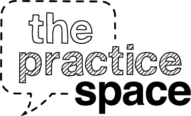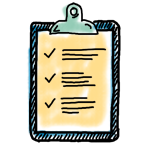Leaders That Listen Public Speaking Curriculum
Presentation Guide

This toolkit contains guiding principles for crafting clear and engaging presentations, from well-organized content to intentional oral delivery. Use these resources to present in a way that is authentic to you and your message by exploring speech templates, warm-ups and practice drills, principles of presentation content and delivery, methods for using your voice and body, presentation project ideas and rubrics, and how to create youth-led events.
This essay reframes presentations as a tool for self-expression and learning, instead of regurgitating information.
This essay outlines how to use presentations as a way of disrupting power dynamics and patterns of exclusion.
This one-pager contains 6 personal checkpoints for preparing people for presentations.
This one-pager contains 6 personal checkpoints to help speakers craft engaging presentations. Check out the video on tips for “How to Feel More Prepared for Your Next Speech”.
This one-pager contains 6 personal checkpoints to help people be better audience members when listening to presentations.
This resource describes common elements for structuring presentations so that they flow effectively.
This resource shows how to structure content into persuasive presentations and offers 12 tips on persuasive content.
This resource shows how to structure content into informational presentations and offers 12 tips to clarify content.
These 9 short activities can be used as drills and warm-ups to build strong presentation habits.
Use these tips to improve eye contact, gestures, and vocal tone, avoiding distracting habits.
This resource describes methods for working on vocal tone, volume and support, and overall vocal health.
Use these tips to check on physical stance, hands, movement, and overall emotional connection.
Use these acting tips to make more intentional choices about how to present content to engage the audience.
Practice spontaneous speaking through short presentations such as these two standards-based examples (which include a self-assessment and prompts).
This resource provides an example of a longer 2-3 week class project to communicate a powerful message through a keynote presentation.
This rubric can be used for a class project or giving feedback on presentations as a whole.
This resource provides guidance on how to encourage youth-led events and 4 examples of what these might be.
This planning tool and calendar help organize public speaking project goals and prioritize specific skills and milestones.










